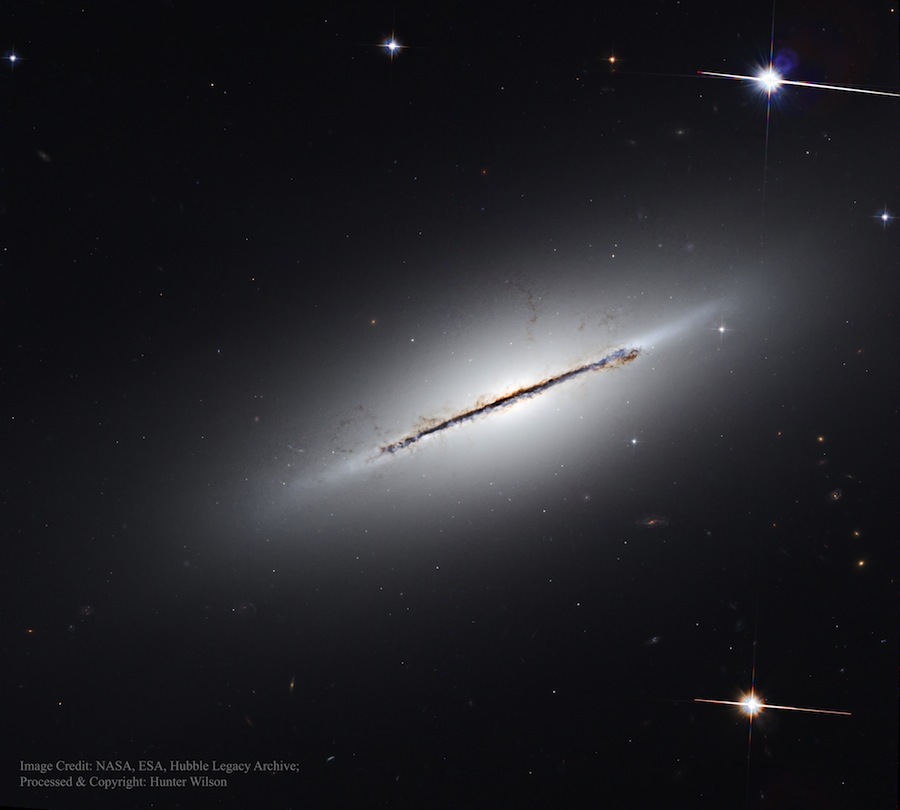There really isn’t much to the disc galaxy NGC 5866. The so-called lenticular galaxy, which was photographed by the Hubble Space Telescope, has numerous and complex dust lanes appearing in dark and red, while many of the bright stars in the disk give it a blue underlying hue. Although similar in mass to our Milky Way Galaxy, light takes about 60,000 years to cross NGC 5866. “In general, many disk galaxies are very thin because the gas that formed them collided with itself as it rotated about the gravitational center,”NASA wrote on their website.
RELATED:NASA releases ultraviolet image of Mars’ moon Phobos Galaxy NGC 5866 lies about 50 million light years distant toward the constellation of the Dragon. Itis one of the brightest galaxies in the NGC 5866 Group, which also includes the spiral galaxies NGC 5879 and NGC 5907t. It has a diameter of roughly 60,000 light-years
Hubble Space Telescope captures thin disc galaxy

Metro World News























